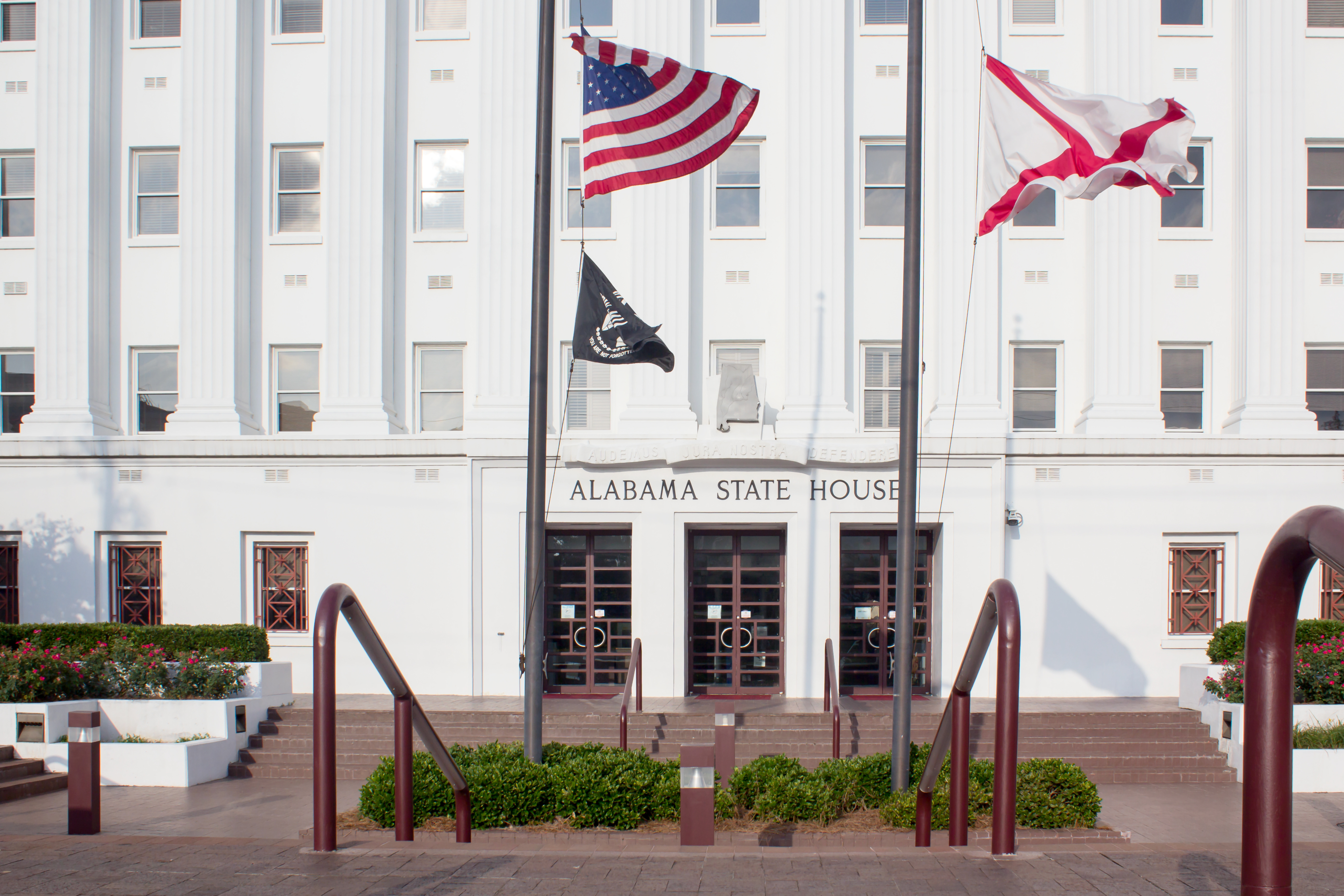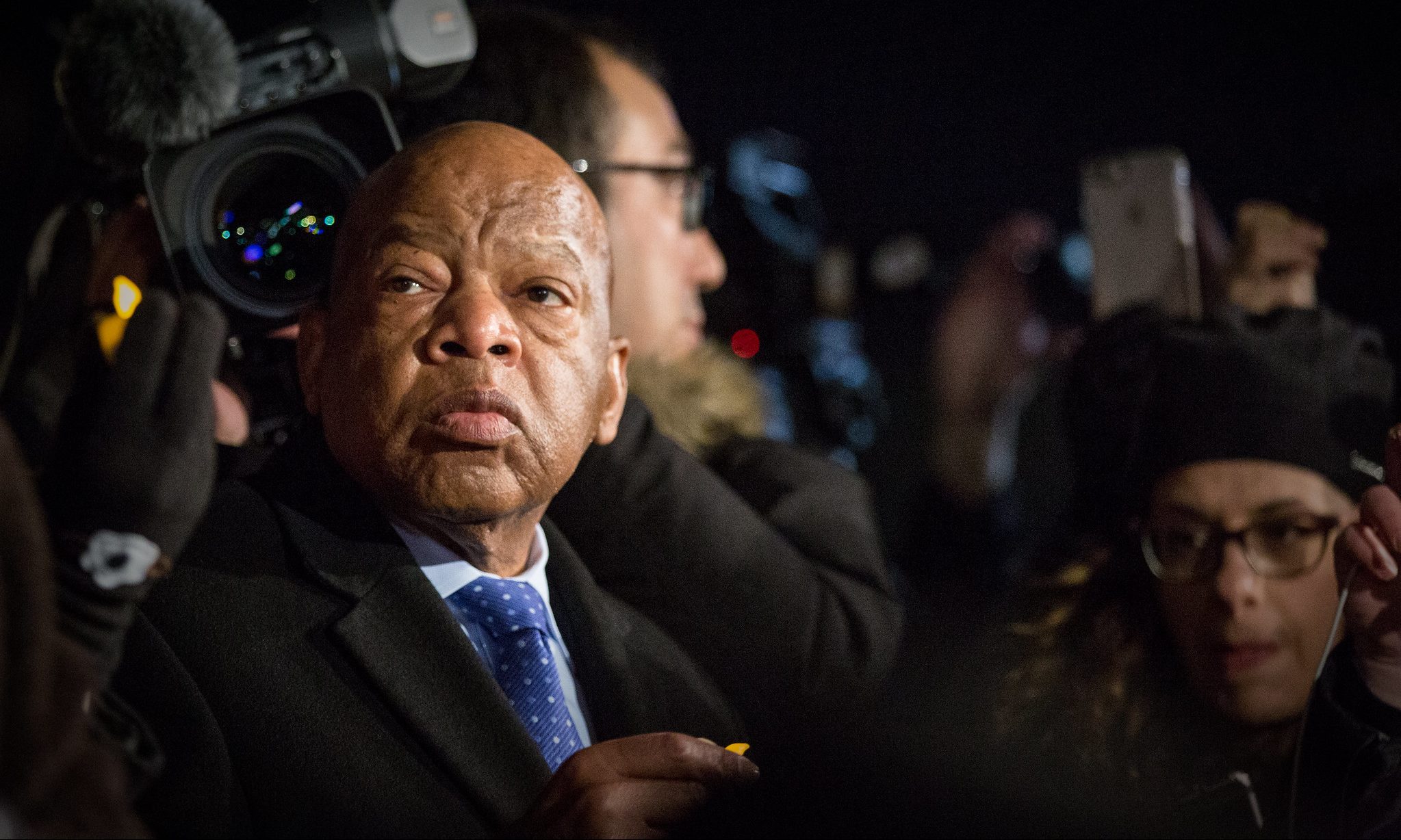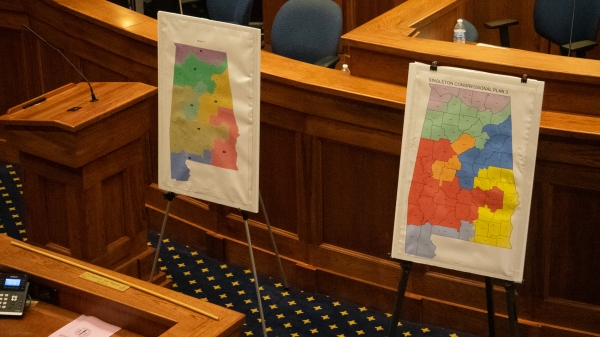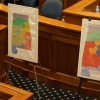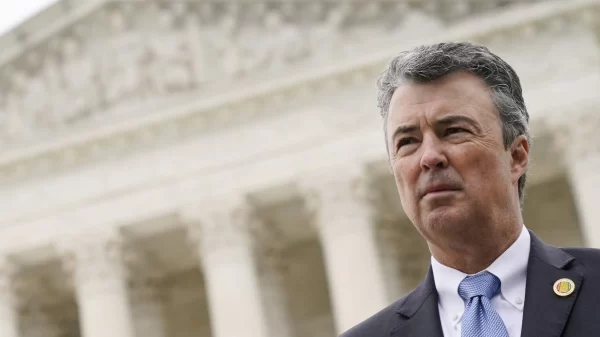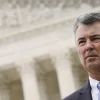The Alabama League of Women Voters have stated their opposition to dividing counties during the coming round of reapportionment and redistricting based on the 2020 Census.
The Permanent Committee on Reapportionment and Redistricting has been holding public hearings for the past two weeks. During these hearings the League of Women Voters have expressed their opinions seeking changes to districts which they claim will better serve their communities. The public’s deadline to submit testimony to the committee is September 16, 2021.
The League of Women Voters submitted their own redistricting maps to the Committee at the start of the process.
At a public hearing at Shelton State Community College, in Tuscaloosa on September 7, Carol Prickett of the League of Women Voters of Greater Tuscaloosa spoke in favor of the whole county map submitted by the League of Women Voters.
“Tuscaloosa County represents a large diverse hub of energy for west Alabama which is a community of interest,” she said. “But, the current congressional districts do not allow us to speak with a unified voice, do not receive the congressional attention our unique needs require from one representative held accountable at our ballot boxes and buries our concerns by homogenizing them with those of very different areas of Alabama life.”
Dorman Walker, the attorney for the committee, warned that Alabama would lose its only majority-minority district, Alabama’s Seventh Congressional District Seven, if the legislature adopted the League’s map. Dorman said that the map presented by the League of Women Voters has a deviation of 2.46 percent, which he said is not minimal deviation, and that it does not have a majority-black district but rather two opportunity districts. Walker said the black voting-age population percentage in the LWV’s map is 45.82 percent for the proposed District 7 and 40.55 percent for District 6, which would include Jefferson, Bibb, Hale, and Perry counties.
Kathy Jones of the League of Women Voters questioned why the committee keeps referencing that the congressional districts have to balance by no more than one person. She said that was not what the precedent is.
Walker said there are circumstances where deviation has been allowed but he is not sure if that applies to Alabama.
The committee was created in 1989 and has 22 members that includes members of the Alabama House of Representatives and Senate. It is chaired by Sen. Jim McClendon, R-Springville, and Rep. Chris Pringle, R-Mobile.
McClendon said the current committee was appointed at the beginning of the quadrennium — 11 from the House and 11 from and Senate. If it is not a redistricting cycle the committee has three members from each chamber.
Walker said his understanding of the law with Congressional districts is that they are bound to minimal deviation. He said the plus/minus 5 percent came from the Equal Protection Clause. Walker said they expect two competing lawsuits challenging what the Legislature chooses to do.
Walker said that they did not know when the special session would be called by Gov. Kay Ivey (R). Walker said that the plan to be considered by the legislature will become public once a plan is introduced as a bill.
Carol Mosely with the League of Women Voters of Montgomery spoke in favor of the League plan at the public hearing in Montgomery.
Mosely said it was unfair that Montgomery County was split into three Congressional districts in 2010. She said that the 2010 plan packed Democratic voters and even called the line between the Seventh Congressional District and the Second Congressional District “highly irregular.”
Tabitha Isner said the Legislature should not divide Montgomery County into three congressional districts.
“That division is not necessary and serves no purpose other than racial Gerrymandering,” Isner claimed. “Montgomery functions as a unified economy and a unified community and culture. We are a single media market, yet on TV we see ads for three different Congressional races. Local organizations that want to advocate for our region must write letters, make phone calls and make visits to three different Congressional representatives. Only one of whom even has an office in Montgomery despite it being one of the largest cities. Racial divisions are already a huge problem in our town. So, the fact white voters are likely represented by a different congressman than black voters only serves to further the sense that we aren’t really living in the same town.”
At Lurleen B. Wallace Community College in Greenville Walker said the committee starts with the ideal population, and if a district has lost population, it must get population from somewhere else, or if a district is overpopulated it has to shed population.
Walker said the VRA Section 2 required the drawing of a majority-minority district. In Alabama’s case, that means it’s a majority-black district.
Walker said that the public hearings were publicized through all the state media and posted on the Legislature’s website, they were posted on the secretary of state’s website. They were also sent to television, radio, and digital media sources throughout the state with the request that they be publicized.
The deadline to submit testimony is Sept. 16. Email your testimony to [email protected] or [email protected]






































